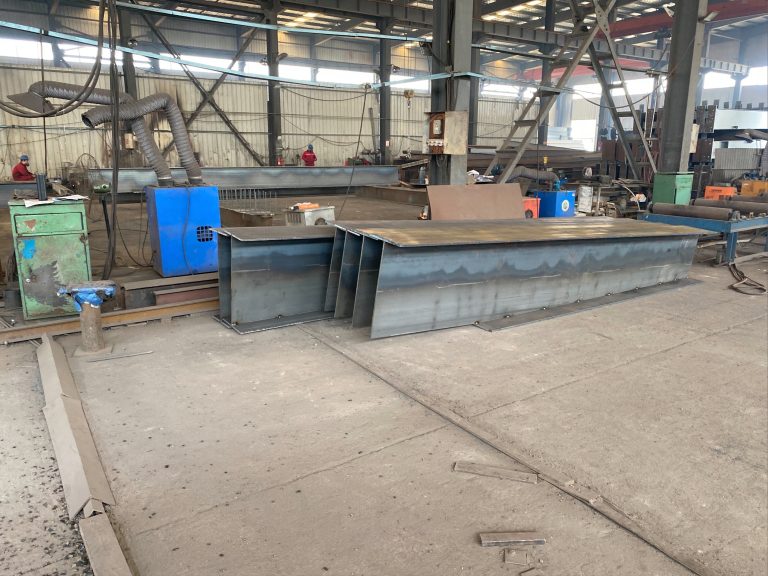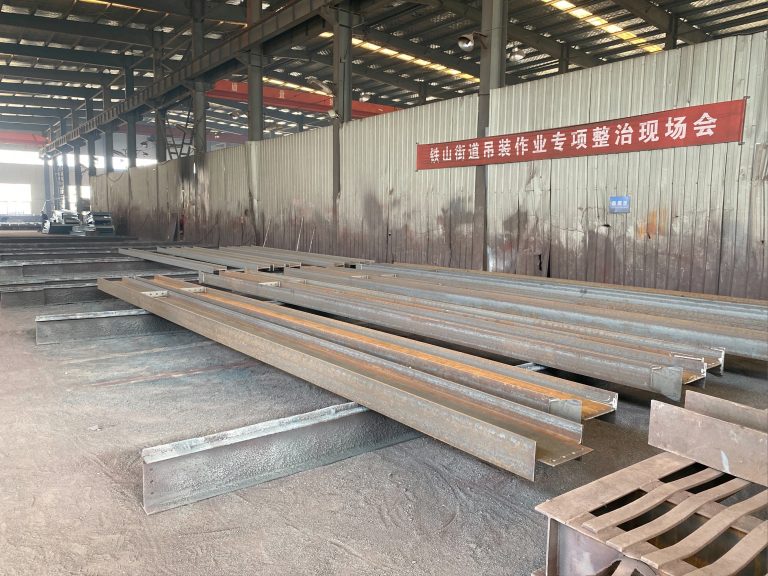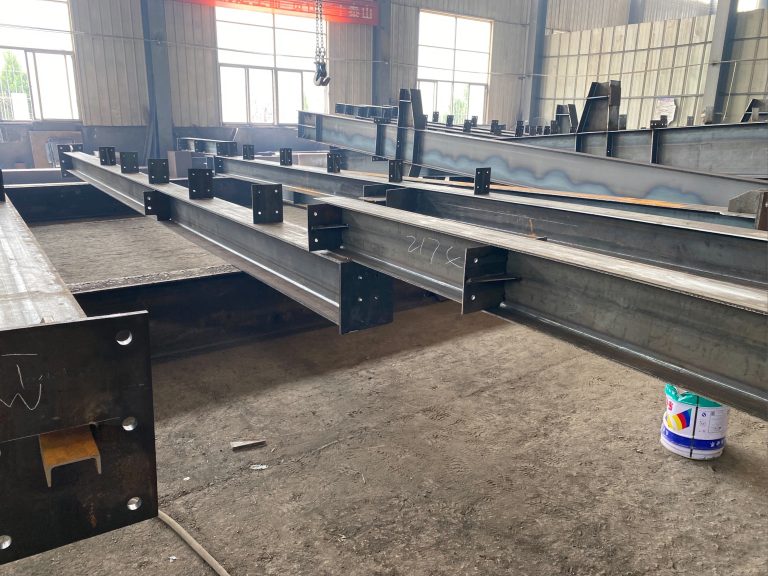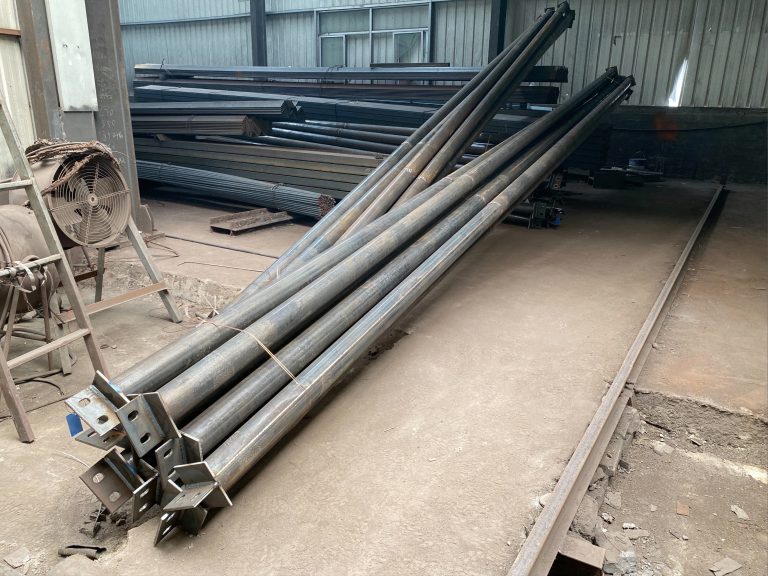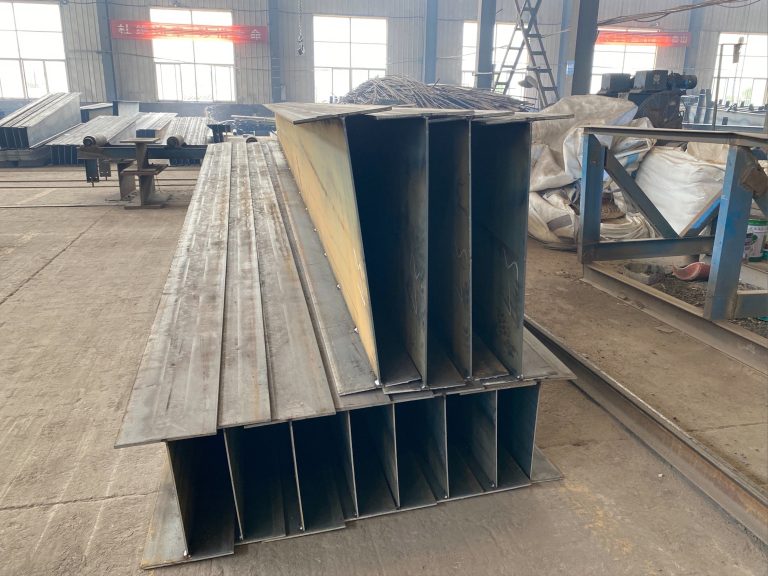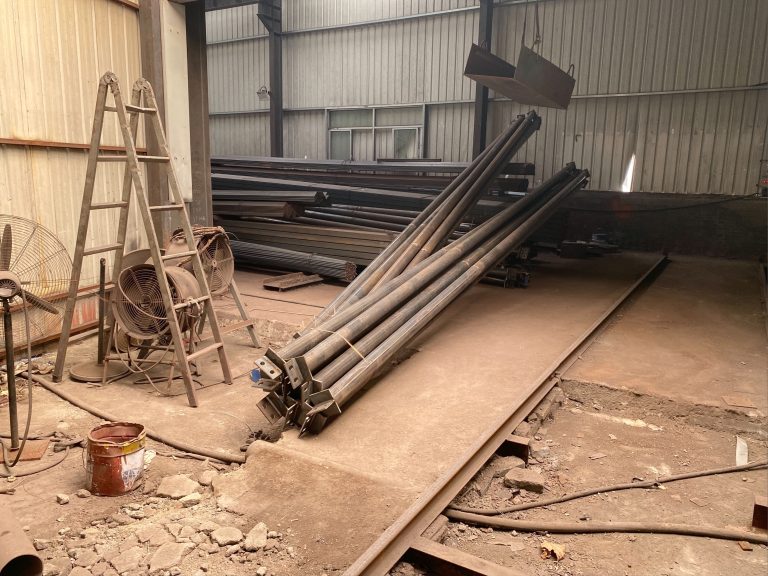The global technology development trend of steel structure industry.
Table of Contents
Advancements in Steel Structure Design Software
The steel structure industry has seen significant advancements in recent years, thanks to the development of cutting-edge technology. One area where these advancements are particularly evident is in the design software used by engineers and architects to create innovative and efficient steel structures.
One of the key trends in the global technology development of the steel structure industry is the use of advanced software programs that allow for more precise and complex designs. These programs use sophisticated algorithms and modeling techniques to simulate the behavior of steel structures under various conditions, helping designers to optimize their designs for maximum strength and efficiency.
One of the most notable advancements in steel structure design software is the integration of Building Information Modeling (BIM) technology. BIM allows designers to create detailed 3D models of their structures, complete with information about materials, dimensions, and structural properties. This information can then be used to analyze the performance of the structure in real-world conditions, helping designers to identify potential issues and make necessary adjustments before construction begins.
Another important trend in steel structure design software is the use of parametric modeling techniques. Parametric modeling allows designers to create flexible, adaptable designs that can be easily modified to meet changing requirements. This is particularly useful in the steel structure industry, where projects often involve complex geometries and tight deadlines. By using parametric modeling, designers can quickly iterate on their designs and make adjustments as needed, saving time and reducing the risk of errors.
In addition to BIM and parametric modeling, another key trend in steel structure design software is the use of cloud-based collaboration tools. These tools allow designers, engineers, and other stakeholders to work together on a project in real-time, regardless of their physical location. This can help to streamline the design process, improve communication, and reduce the risk of misunderstandings or errors.
Overall, the global technology development trend of the steel structure industry is focused on improving efficiency, accuracy, and collaboration in the design process. By using advanced software programs like BIM, parametric modeling, and cloud-based collaboration tools, designers and engineers can create innovative and sustainable steel structures that meet the needs of today’s complex construction projects. As technology continues to evolve, we can expect to see even more exciting advancements in the field of steel structure design software, leading to safer, more efficient, and more sustainable buildings around the world.
Sustainable Practices in Steel Structure Manufacturing
The steel structure industry has seen significant growth and development in recent years, driven by advancements in technology and a growing demand for sustainable building practices. As the world continues to focus on reducing carbon emissions and promoting environmentally friendly construction methods, the steel structure industry has emerged as a key player in the push towards sustainability.
One of the key trends in the global technology development of the steel structure industry is the use of advanced software and digital tools to design and fabricate steel structures. Computer-aided design (CAD) software allows engineers and architects to create complex and innovative designs with precision and efficiency. This technology enables designers to optimize the use of materials, reduce waste, and improve the overall performance of steel structures.
In addition to CAD software, building information modeling (BIM) technology is also playing a crucial role in the development of the steel structure industry. BIM allows for the creation of detailed 3D models that incorporate information about the materials, components, and systems used in a building. This technology enables stakeholders to collaborate more effectively, identify potential issues early in the design process, and make informed decisions that lead to more sustainable and efficient steel structures.
Another important trend in the global technology development of the steel structure industry is the use of advanced manufacturing techniques, such as robotic welding and 3D printing. These technologies allow for the precise and efficient fabrication of steel components, reducing the need for manual labor and minimizing errors in the production process. By automating certain aspects of manufacturing, companies can increase productivity, improve quality control, and reduce costs, ultimately leading to more sustainable steel structures.
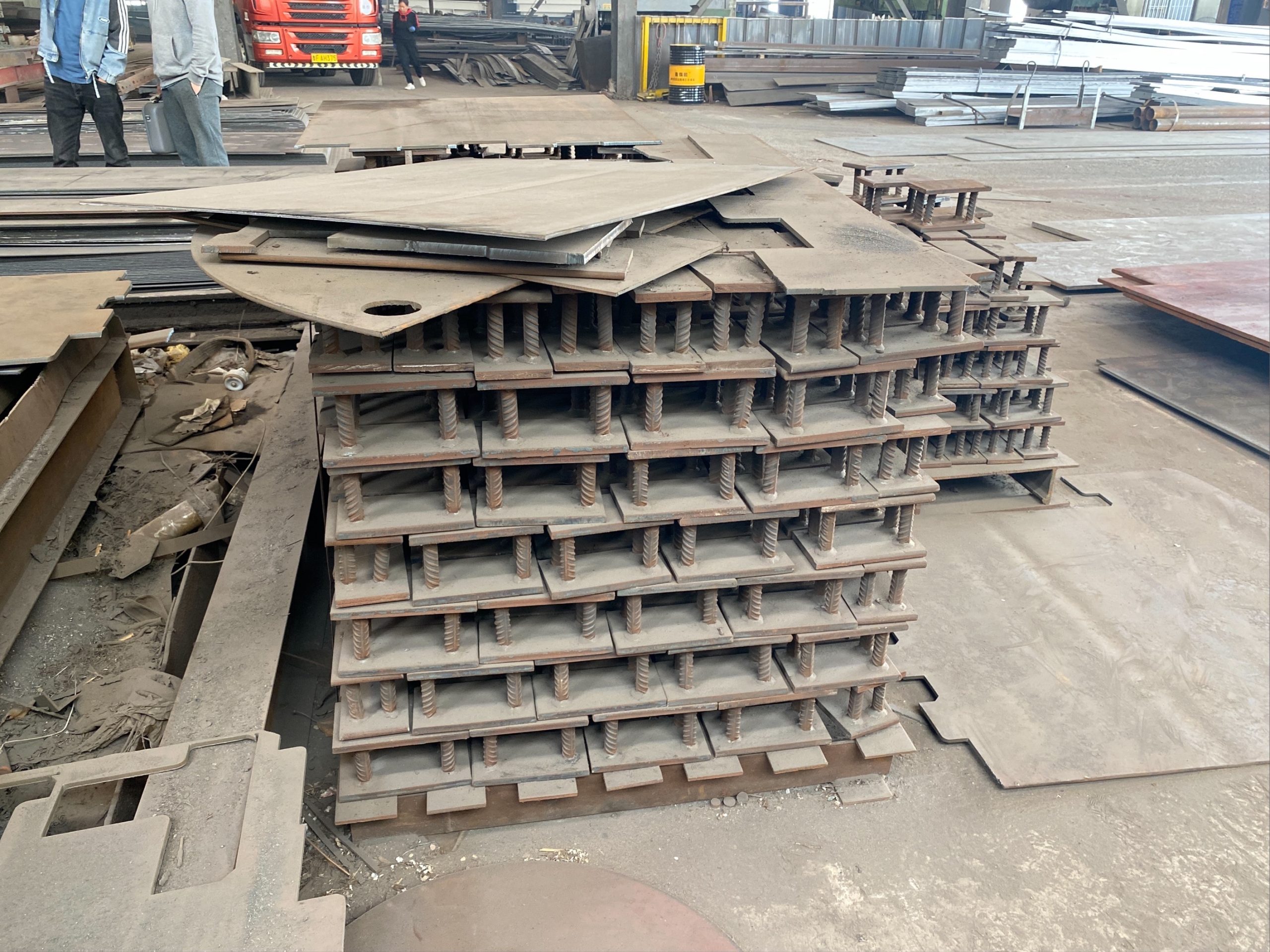
Furthermore, the steel structure industry is also embracing sustainable practices in its manufacturing processes. Companies are increasingly using recycled steel and other environmentally friendly materials to reduce their carbon footprint and minimize waste. By incorporating sustainable materials into their products, manufacturers can create steel structures that are not only durable and cost-effective but also environmentally responsible.
Additionally, the steel structure industry is exploring new ways to improve the energy efficiency of buildings through the use of innovative technologies. For example, companies are developing smart building systems that monitor and control energy usage, optimize heating and cooling systems, and reduce overall energy consumption. By incorporating these technologies into steel structures, companies can create buildings that are more sustainable, comfortable, and cost-effective for their occupants.
In conclusion, the global technology development trend of the steel structure industry is focused on sustainability, efficiency, and innovation. By leveraging advanced software, digital tools, manufacturing techniques, and sustainable practices, companies in the steel structure industry are driving the industry towards a more sustainable future. As the demand for environmentally friendly construction practices continues to grow, the steel structure industry is well-positioned to lead the way in creating sustainable and efficient buildings for the future.

